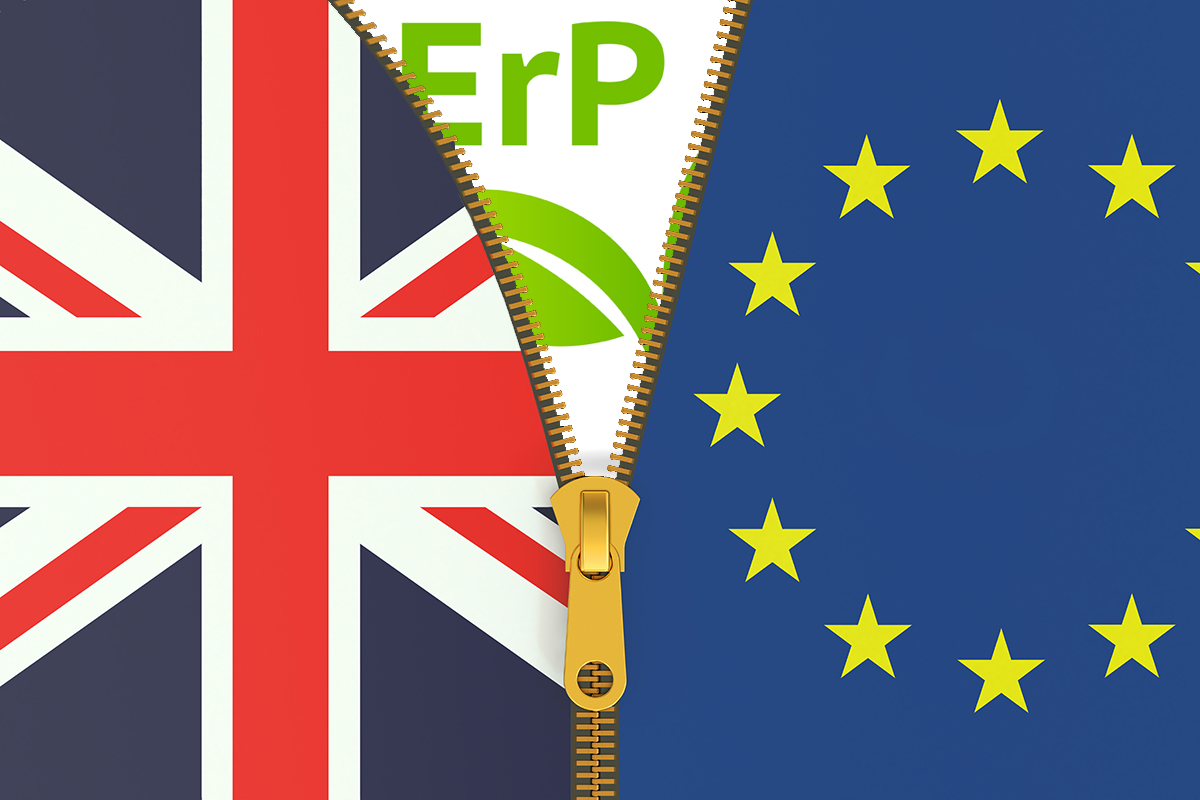
Following the UK’s referendum decision to leave the European Union, the narrative frequently put forward by commentators and the media has implied that everything is going to radically change. This includes how we will conduct business across borders and how the UK will comply with EU directives in the future.
In fact, many of the regulations and standards the UK currently adheres to are likely to be maintained or little changed.
Designing for improvement
One example of EU legislation that achieves almost universal acceptance in principle is the Energy-related Products (ErP) Directive (formerly titled Ecodesign Directive 2009/125/EG). This is probably best known by the public for having instigated a ban on the 60W light bulb throughout EU member states.
The reasons for this acceptance include:
- The energy efficiency values driving this legislation are sound and desirable. The Association for the European Heating Industry (EHI) in its useful article “The Ecodesign of Energy Related Products” claims that the EHI and its membership has insisted on certain principles, including that: “The calculation methodology for energy efficiency as well as other requirements should be based on scientifically solid data and existing technical standards.”
- The schedule of compliance is well underway. For instance, in Schwank’s infrared radiant heating product sector, manufacturers of plaque (luminous) and tube heaters (which come under Lot 20 in the Directive’s compliance schedule) will from 1st January 2018 be required to state the seasonal efficiency of the heater when offering and selling within the European Single Market.Incidentally, boilers and other warm water appliances came under Lots 1+2 of the Directive and have been expected to comply with its standards since September 2015.
- Manufacturers wishing to sell their products within the EU will need to meet the required standards. All products that do not fulfil the minimum requirements are not permitted to be sold. As already mentioned, in the case of Lot 20 products this will be from the 1st January 2018 onwards.
Schwank plaque and tube heaters (supraSchwank, primoSchwank, superTube, calorSchwank, and infraSchwank) already meet and exceed standards required by the ErP Directive.
What is seasonal efficiency?
The seasonal efficiency value of an infrared heater is based on different efficiency criteria, including:
- Radiant factor
- Thermal efficiency
- Controllability [1-, 2-stage, or modulation]
- Auxiliary energy utilised
The total seasonal efficiency is considered during the operation of an entire heating season and in the case of industrial heaters the appliances will be marked with a percentage value rather than with colour coded efficiency labels as is required for a number of other energy related products.
The seasonal efficiency factor has to be visibly displayed in all sales literature, technical manuals and on CE certificates, with official measurements carried out by certified test institutes.
A common aim for quality
The formal process of negotiation by which a member state separates from the EU is expected to take two years to complete under Article 50 of the Lisbon Treaty. During this time UK manufacturers of energy related products will continue to be working in the same way as their continental European counterparts to fulfil the requirements of the ErP Directive.
There may have been criticisms of details of the Directive and its implementation within different EU member states and industry sectors. However, its objectives for improving the quality and energy efficiency of an extensive range of products and equipment are to be applauded.